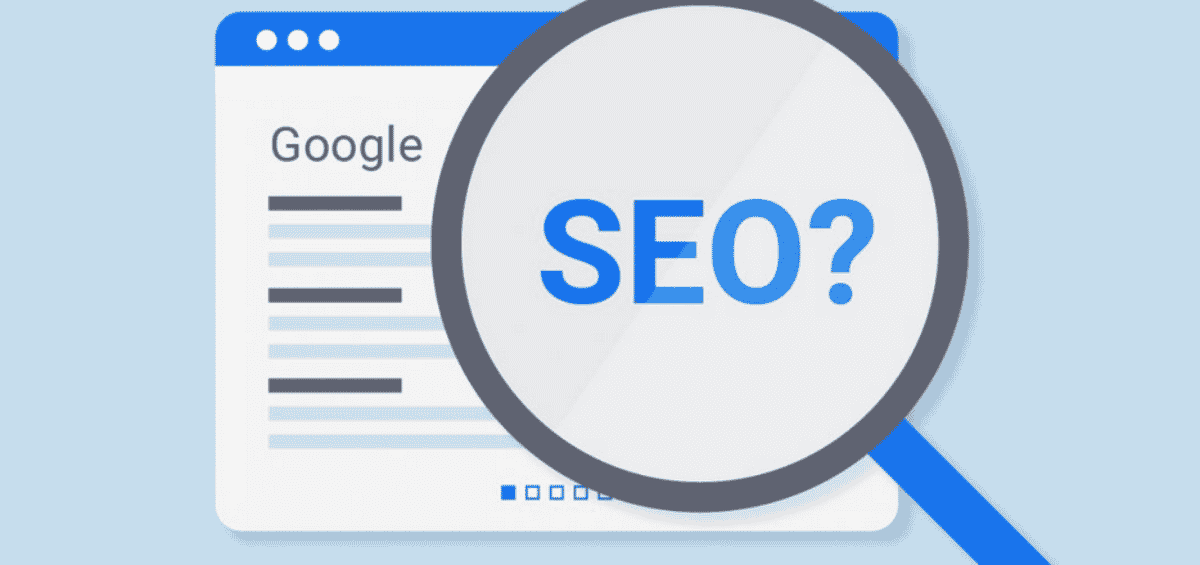
How To Audit Your Website
When it comes to auditing your website, you should think of it like an M.O.T. check for your car. The purpose is to see if all the necessary parts of your website are in good working order and to find out which parts need fixing.
There are 3 key elements of an SEO audit include
- Technical backend issues like site speed, mobile optimisation and indexing.
- General website optimisation issues like the content on your webpages, the keywords and metadata.
- Off-Page issues like how many websites are linking to your website, what anchor text they use to link to you and how powerful or trustworthy those websites are.
Some of the tools mentioned in this guide:
- Google Analytics
- Google’s Mobile-Friendly Test Tool
- Google PageSpeed Insights
- Yoast SEO
- Google Search Console
Find Out If Your Website Is Indexed in Google
You can search in Google to find out if your website is indexed properly. By using the search site:website.com (website.com being your website), you will see which pages are being crawled and indexed by Google.
You will also see which pages Google sees as the best pages as they will rank in order of importance. Your website should appear on the first page if it doesn’t then check the 2nd and 3rd pages. If your website is not there, then there is probably something wrong with it.
Begin Your Audit With a Google Crawl
The quickest way to find out the issues with your website is to use a website auditing tool. This will scan your site for all the most common problems and give you a report with everything that you need to fix.
What these website auditors are doing is similar to what the Googlebot is doing when it scans and crawls your website. This is why it is important to fix all these common issues because Google is looking for these on websites. If you have them, then you will get a ranking boost because you are playing by Google’s rules.
The Most Important SEO Checks in the Website Audit Tools
There is a lot of data to go through when you run a website audit because there are so many aspects that make a website good. So this is where you need to implement the 80/20 rule and concentrate on the most important issues you need to fix that will have the most impact.
Check Your Sitemap and Robots.txt Files
These are files that help the search engines understand your website. The robots.txt file tells search engines which webpages on your site to crawl and index in the search results. The sitemap is an XML file that search engines use to see how your site is structured and what pages you have. It is a good idea to have both of these, especially for websites with over 10 pages – but it is not mandatory.
Check Your Website is Secure with HTTPs
HTTPs is the part of your website address at the beginning which shows that it is a secure website. This is standard practice needs to be implemented, as it has also been shown to increase your conversion rate vs having the standard unsecured HTTP in your website address.
Check Your Site Speed
The quicker your website the easier it is to browse, ideally, you want it lightning fast. Anything under 2 seconds is great. When it is 3 to 5 seconds, there may be a few tweaks you can do to decrease the load time. If it is more than 5 seconds it can easily be optimised for quicker load times. You can also check your site on Google PageSpeed Insights.
Page Titles and Other Titles
One of the most important SEO factors is your page titles (plus your website page URL which is usually similar to your H1 title). You will want to check that each page has the main keyword in its main title. Each page should have a unique and relevant page title.
- Use one H1 tag for the title on each page
- H2 tags for the main subheaders
- H3 tags for sub-subheaders
- H4 tags for sub-sub-subheaders
The other titles on the page are important too, these are called H2, H3, H4 etc they are subheaders. They should also have keywords in but they should be different keywords used for each one. Remember to make it natural and write for people first.
For larger sites with more pages, you will want to concentrate looking at your top most important pages first. Your home page and your product or service pages are the most vital to start with. You can use Google Analytics or Search Console to find the pages on your site that have the most traffic or are ranking on the 2nd or 3rd page and just need a little push.
Meta Titles and Descriptions
Your meta titles and descriptions are what shows up in the Google search results, you can use the Yoast SEO WordPress plugin and it will appear underneath your content in the WordPress page editor. You will want to think of this as an advert for your page, make a headline with your main hook for example ‘emergency 24-hour plumber in London’ in and make your description about your services or products.
Keyword Placement
Google is a text reading machine and it likes to see your main keywords and related keywords sprinkled around your webpage in different places like in your title, your content or your images. The website audit tools will show you which keywords are showing up the most, and this is useful because you can spot keywords that you are missing and also see which keywords you need more of on the page and in which places.
Mobile Friendliness
With a lot of people using their mobile phones to browse the internet, it is a good idea to optimise the mobile responsiveness of your website. This includes making sure your website is responsive, checking site speed, reducing image sizes, making sure text is legible on a smaller screen by using bigger fonts and using the right fonts (sans-serif fonts are more readable than serif fonts).
Make sure you use lots of white space, large fonts and break long paragraphs of text up so it is easier to read on a small screen.
Manage Your Internal and External Link
It is good to check what links you have going to your website and what pages on your website link to other pages on your website. The more pages that link to a certain page on your website the more powerful that page becomes. So for your main pages, you will want to link to them from different parts of your website. It is also good to see what external websites are linking to you, this will help spot opportunities to find other websites you can get a backlink from.
Check for broken pages and links
You will also want to check for any broken links or broken pages. These should be fixed so the user experience is always great across your website. Ideally, you don’t want the user going to a 404 page.
Check your website for Flash and Javascript
Flash and Javascript allow your website to do fancy things but at the cost of website speed. They can also cause errors sometimes and make the user experience less enjoyable. But they can also add to the user experience – it depends on how you have used them. Also, search engines can sometimes have difficulty reading them which may reduce your rankings. It is ideal to have little to no Flash and Javascript on your website.
Defining Canonicalization of Content
Put simply if you have more than 1 page discussing a topic, Google wants to know which page is the dominant one. By using canonicalization you help Google understand which pages are your preferred page for that topic. Set the Canonical Tag (rel=”canonical”) in the HTTP header of a page.
About The Author

Noah Carey
Noah Carey is a content writer at SERPWizz, and has written such classics as A Beginner’s Guide To Generating Leads The Inbound Way, and How To Turn Whatsapp Into A Power Customer Tool. He also attends the University of Pennsylvania, where he studies English, because he likes reading and writing, and runs for their track and field team because he likes running in circles. For more on Noah, check out his LinkedIn!




